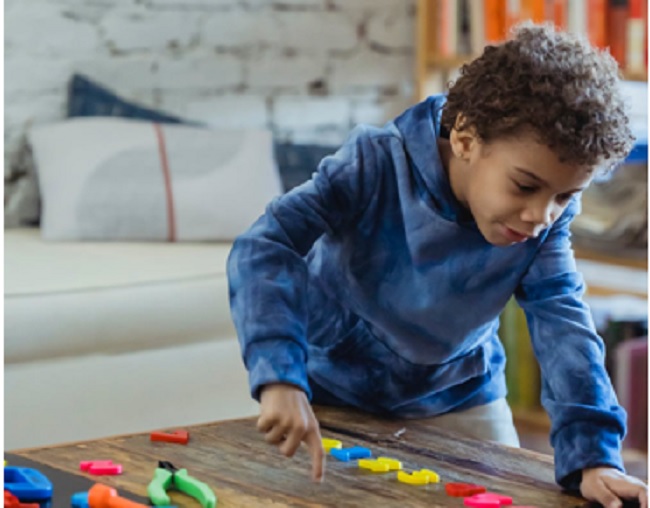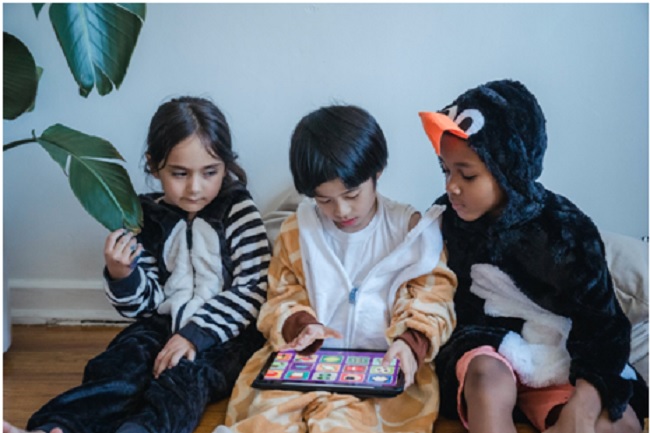Teaching math through play is an excellent way to help early learners develop their mathematical skills. Children can gain a love of math by engaging in fun interactive activities and building a solid foundation for future learning. Hands-on play improves children’s attention span and gives them a comprehensive understanding of mathematical concepts.
In addition, many math games and activities involve group play, which can enhance children’s social skills, such as cooperation and communication. If you are figuring out how to learn with kids playing, here are some creative ideas for teaching math through play:

Use Counting Games
Math for children involves a lot of counting in the beginning, and this math concept is the first topic you should think of when thinking of math play. Engage your child in counting games using everyday objects like toys or Food items.
Read Also:
Ask them to count the number of objects present or visible to them. To make it more interesting, you can challenge a kid to count backward or skip count by twos, fives, or tens.
Use Manipulatives to Help Your Child Recognize Numbers

When teaching young children math, using manipulatives such as dice and number cards can be an excellent way to make learning more interactive and engaging.
Manipulatives are physical objects that children can see and touch, and they provide a concrete representation of abstract concepts like numbers and mathematical operations.
Children can develop a deeper understanding of mathematical concepts by using manipulatives as they can see the relationship between numbers and quantities.
For example, if you use number cards to represent quantities, children can see that “3” corresponds to three objects. This visual and tactile representation can help children remember numbers.
Use Hands-on Objects to Help Kids Learn About Shapes and Patterns
Math learning through games sometimes requires hands-on experience in learning concepts like shapes and patterns. Materials such as blocks and puzzles effectively teach young children about shapes and patterns.
These physical objects allow children to explore different shapes and patterns through touch and manipulation, making learning hands-on and interactive. Using blocks, children can create different shapes and patterns, which allows them to visually see the relationship between the shapes and how they fit together.
Additionally, puzzles can help children develop their problem-solving skills and spatial awareness by having them identify and fit different shapes together when learning Singapore math.
Use Small Objects for Sorting and Classification
One way to teach sorting and classification is using different objects, such as buttons or beads. Parents or teachers can give children a set of objects to sort based on specific criteria, such as color, size, or shape.
For example, children may be asked to sort buttons into different groups based on color or beads based on size.
Read Also:
Conclusion
Using play to teach math is one of the most effective ways to ensure that your Kids are getting the learning they need in class and at home. The tips above will help you decide what plays you will use with and for your kids.



















